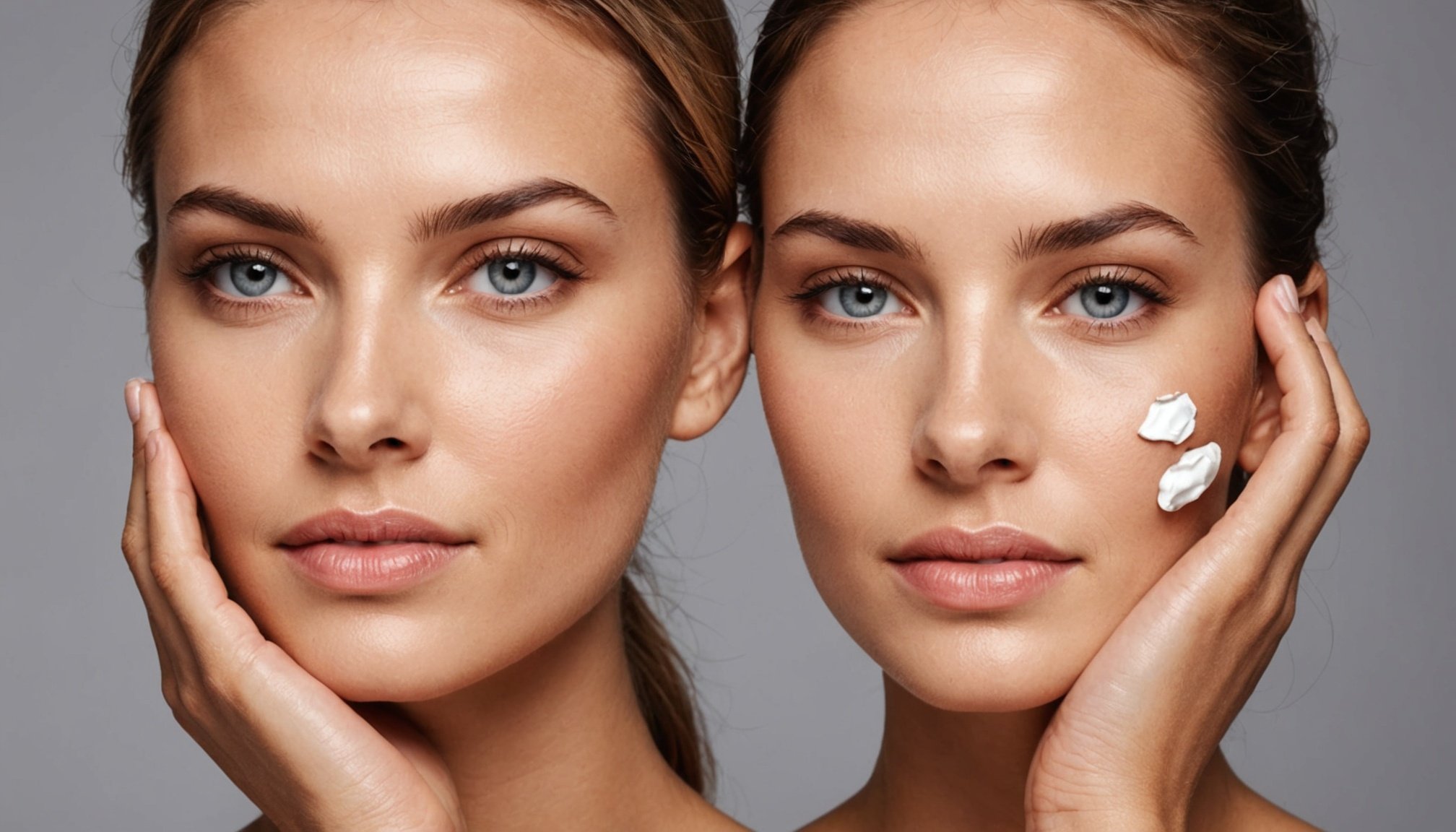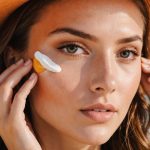Understanding Retinol and Its Benefits for Skincare
Retinol, a derivative of vitamin A, has become a sought-after ingredient in skincare products for its ability to yield glowing skin and its proven anti-aging benefits. Originating from the scientific study of skincare, retinol stimulates collagen production and enhances cell turnover, effectively addressing issues such as fine lines, wrinkles, and acne. By promoting collagen production, retinol helps maintain the skin’s firmness and elasticity, giving it a more youthful appearance.
Furthermore, retinol’s ability to speed up cell turnover not only aids in combating acne but also in fading pigmentation and evening out skin tone. This makes it a versatile ingredient, suitable for various skin concerns. Its potent properties, however, can initially lead to skin irritation, such as redness or dryness. Therefore, it’s crucial to introduce retinol cautiously within your skincare regimen.
Topic to read : Seamlessly Transform Your Little Black Dress from Daytime Elegance to Nighttime Glamour
Incorporating retinol requires gradual acclimatization due to its strength, starting with lower concentrations and increasing as the skin adjusts. This method ensures that its benefits, including reduced signs of aging and smoother skin texture, are maximized without compromising skin health. Retinol’s science-backed benefits continue to make it an essential component for those seeking a comprehensive skincare science approach.
Common FAQs About Retinol
Navigating the world of retinol can seem overwhelming with myths and misconceptions perpetuating among new users. To simplify this journey, let’s address some retinol FAQs.
Also read : Unlocking Color Theory: Expert Tips for Crafting Chic Outfits for Important Meetings
Clarifying Misconceptions About Retinol
One common myth is that retinol thins the skin. In reality, while it initially causes the outer layer to shed, it promotes deeper skin thickening through collagen production.
Addressing User Concerns
Users often worry about skin irritation. Starting with a low concentration and gradually increasing it can mitigate redness and dryness. It’s a good idea to use retinol just a couple of times a week initially, allowing the skin to build tolerance.
Recommendations for Beginners
For those new to the skincare regimen, patience is crucial. Often, tangible results, like reduced signs of aging and a smoother complexion, appear after several weeks of consistent use. A convenient application tip for beginners is to integrate retinol into your evening routine, as sunlight can degrade its efficacy. Always conclude with a moisturizer to help offset any dryness.
Understanding these aspects can make introducing retinol into your skincare routine a rewarding experience, unveiling its potential to enhance your skin’s glow. Embrace the science while respecting the timing and frequency that suit you.
How to Incorporate Retinol into Your Skincare Routine
Adding retinol into a skincare regimen requires a thoughtful approach to maximize its benefits while minimizing potential side effects. Retinol is best introduced gradually to allow your skin to acclimatize. For beginners, application tips are crucial to prevent irritation and enhance effectiveness.
Step-by-Step Application Process
Begin by applying a pea-sized amount of retinol on clean, dry skin at night. This reduces the risk of irritation while your skin gets used to retinol’s potency. To ensure an effective routine, wait a few minutes after cleansing before application, allowing your skin to dry completely.
Timing and Frequency of Use
Start with retinol once or twice a week, progressively increasing to every other night as your skin builds tolerance. Always follow up with a moisturiser to combat dryness and support the skin’s barrier function. Consistency over time enhances retinol benefits in your routine.
Best Products to Use with Retinol
Pair retinol with complementary products that soothe and hydrate, such as hyaluronic acid and ceramides. These help prevent irritation and lock in moisture. Importantly, sunscreen is a must in your daily routine, as retinol can increase skin sensitivity to the sun. Always apply it during the day to protect and maintain your skin’s glow.
Potential Side Effects and Solutions
Retinol’s powerful effects can sometimes lead to side effects, which are crucial to understand as part of your skincare troubleshooting. Two common symptoms users might experience are redness and dryness, typical with skin cell turnover acceleration. Such irritation is generally mild but recognising these effects and knowing how to address them is essential.
To lessen these retinol side effects, strategies like starting with a lower concentration are beneficial. Gradual introduction permits the skin to build tolerance, minimising adverse reactions. Complementing retinol with a moisturiser also helps mitigate dryness. Moisturisers work by maintaining the skin’s barrier function and locking in hydration, reducing the chance of dryness escalating into irritation.
For more significant issues, consulting with a dermatologist is advisable. If redness, peeling, or discomfort persists, or if you’re uncertain about the severity, professional guidance ensures your skincare routine supports rather than disrupts your skin health.
Ultimately, understanding and addressing potential side effects allows for a smoother integration of retinol, enabling its glow-inducing benefits without compromising skin comfort.
Expert Tips and Lesser-Known Secrets for Maximizing Retinol’s Effectiveness
Unlocking the full potential of retinol involves applying expert skincare tips and exploring retinol secrets.
Alternate Ingredients to Pair with Retinol
Incorporating ingredients like hyaluronic acid and niacinamide with retinol can enhance moisture retention and reduce irritation. Hyaluronic acid is a humectant that draws water into the skin, counteracting retinol’s drying effects. Niacinamide, on the other hand, soothes the skin and strengthens the barrier, making retinol use more comfortable. This synergy ensures skincare science works harmoniously.
Advanced Techniques for Sensitive Skin
Sensitive skin requires nuanced retinol application to avoid irritation. Consider a technique called “buffering,” which means blending retinol with a moisturiser before applying it to the face. This dilutes the retinol slightly and provides an extra layer of hydration, offering enhanced protection for sensitive areas while still reaping retinol benefits.
Unique Application Methods
For improved absorption, apply retinol to slightly damp skin after cleansing, as glowing skin is best achieved when the skin is receptive. Utilize a pea-sized amount and gently pat it on the face, avoiding the eye area. By exploring these expert methods, users can maximize retinol’s effectiveness, achieving optimal results.
Before-and-After: Real Results from Using Retinol
Before-and-after retinol experiences provide a clear illustration of retinol’s transformative prowess on skin health. Users often report a visible improvement in skin texture and tone, highlighting how glowing skin emerges from consistent application. Collecting insights from user testimonials, we can see enhanced radiance and diminished fine lines as common outcomes. Many users find that regular use over months amplifies these benefits more significantly.
Visual documentation, such as photos, helps dissect these transformations. While immediate changes may not be apparent, persistent use showcases reduced pigmentation and smoother skin. To set realistic expectations, dermatologists emphasise that results typically manifest over a 12-week period. This timeline ensures that skincare results align with the natural cell turnover process augmented by retinol.
Users also share their journeys, from initial frustration due to possible retinol side effects to elation once improvements materialise. These testimonials underscore the importance of sticking to a routine. However, results can vary based on individual skin types and starting conditions. Patience and adherence to tailored skincare regimens ensure that retinol’s potentials are fully unlocked, reinforcing its position as a crucial agent in achieving radiant skin.











